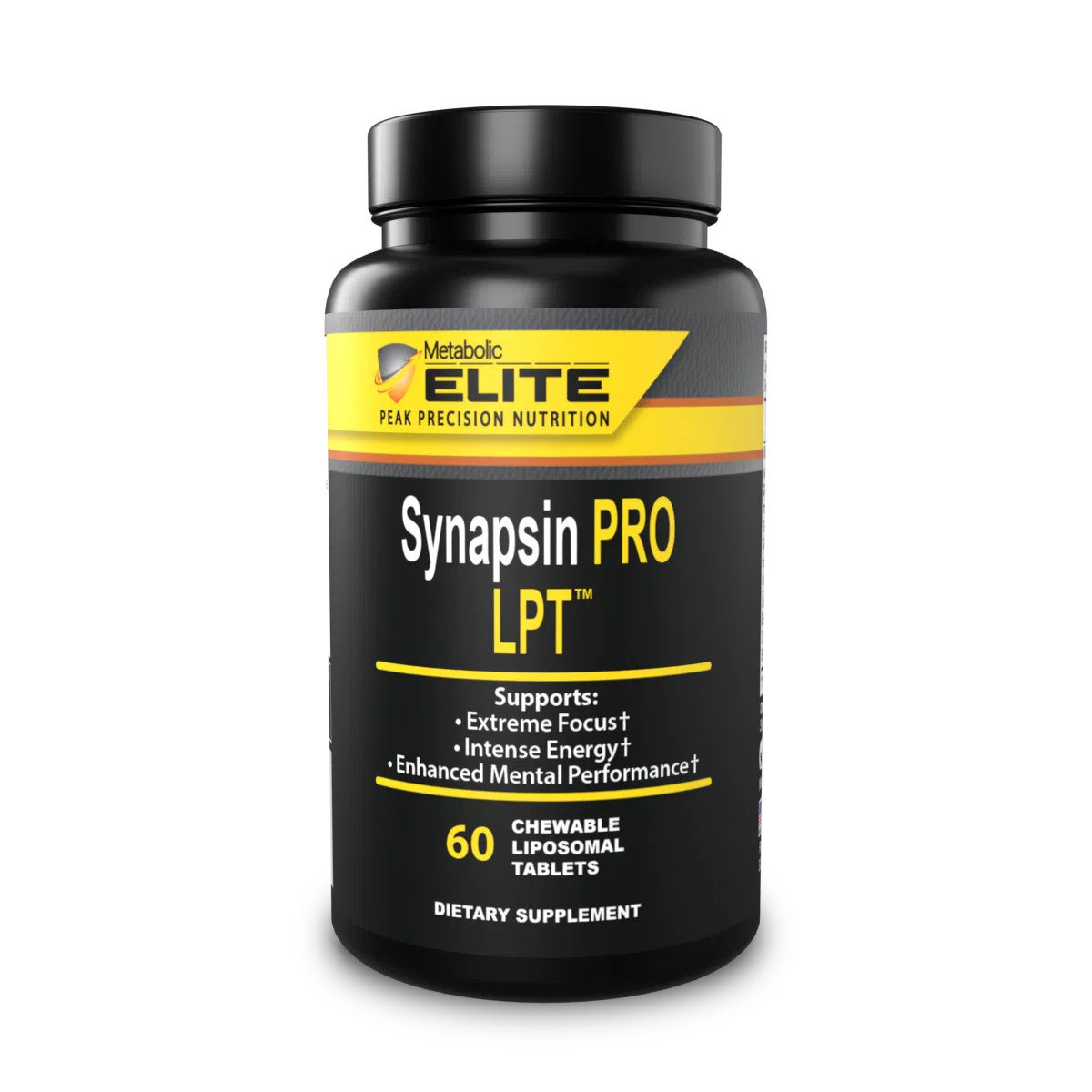One of the first steps to dealing with groin pain is to restore proper range of motion (ROM) around the hips.
Side note: ROM is also referred to as flexibility or mobility. Although joint mobility in physical therapy refers to an involuntary movement of the bones in the joint, the term mobility is often used in non-physical therapy settings to refer to range of motion.
The first question you should have is: What is proper ROM?
Like most things, the answer is: It depends.
In some cases, excessive ROM is actually the problem. In a recent presentation, Shirley Sahrmann noted that most injuries occur in the area/side of the body with MORE range of motion. Essentially, injury results at the place of least resistance. This seems counterintuitive since most people associate feeling tight with injuries.
I think the area for optimal athletic performance lies in the middle of the two extremes. While tightness could POTENTIALLY minimize injury risk, there is often a given set of ROMs that different joints of the body must go through during athletic competition. Inability to achieve these ROMs will inevitably lead to decreased performance, or, at a minimum, compensatory movement patterns that lead to an injury in another area of the body.
Through the analysis we’ve gone over for the last two weeks, you should have a good idea of ROM restrictions and/or side-to-side discrepancies. Your first goal with addressing these is to bridge the gap between sides. In other words, make the right and left sides even. If you have 40 degrees of internal and external rotation in your left hip, but 20 degrees of internal and 40 degrees of external rotation in your right hip, your first priority would be to increase internal rotation ROM in your right hip. Make sense?
In hockey players, decreased hip internal rotation and lack of hip extension (e.g. lack of hip flexor extensibility/flexibility) are often problems and should be addressed through soft-tissue work and specific exercises geared toward improving the ROM.
Will You Respond to Stretching?
In my experience, countless stretching time can be spent with little improvements to show for it. This can be due to a number of reasons, but two primary ones are inappropriate contraction of the stretched muscle and soft-tissue restrictions. I address the neural component below. Regardless, if you find yourself stretching and feel like you’re getting nothing out of it or that your muscles just flat out won’t lengthen, you probably need some soft-tissue work.
Nothing will relieve soft-tissue restrictions as quickly as a visit with a good Active Release Techniques Practitioner. In the hands of a good A.R.T. therapist, long-standing (years) restrictions can often be cleared up in a couple visits. Having said that, good A.R.T. people can be hard to find and, depending on your insurance policy, expensive.
A viable, cheap alternative is to perform self-myofascial release using a 6″ foam roller, 4″ PVC pipe, or lacrosse ball. For those of you that are unfamiliar with foam rolling and related techniques, I’ve posted a few videos below. All hockey players benefit from these:
Gluteus Maximus/Hip External Rotators
[quicktime]http://www.kevinneeld.com/videos/Lax%20Ball-Gluteus%20Maximus.mov[/quicktime]
Hip Flexors (Tensor Fascia Latae)
[quicktime]http://www.kevinneeld.com/videos/Foam%20Roll-IT%20Band.mov[/quicktime]
Quadriceps
[quicktime]http://www.kevinneeld.com/videos/Foam%20Roll-Quadriceps.mov[/quicktime]
Active vs. Static Flexibility
Static flexibility, the ability to move through a given ROM passively (without active muscle contraction) is of little important in athletics. This is a major downfall of traditional stretching approaches. The reason should be somewhat obvious. If you find yourself in a game, not actively contracting any muscles, you’re probably on a stretcher.
Active/functional flexibility is more “sport-specific”, since it encompasses other factors that could potentially limit ROM (notably the excitatory and inhibitory influences of the nervous system).
I don’t mean to dismiss the role of traditional stretching. In fact, I think most people would benefit from MORE stretching. The simple change I’d recommend making is contracting/squeezing the antagonist (muscle opposite to that your stretching) while you’re stretching. This will train yourself neurally for stability by teaching your body to actively pull a joint into a ROM, instead of passively letting it happen. Due to reciprocal inhibition (a neural process whereby contraction of one muscle leads to an inhibition/relaxation of the antagonist, or opposing muscle), you will also achieve greater ROM improvements using this technique.
Wrapping Up…
This is a long post for a Friday, so I’m going to wrap it up here. Improving functional flexibility is a necessary step in addressing/preventing groin pain in your athletes. In the future, I”ll post some more stretches and mobilizations that I’ve found particularly effective in improving functional ROM around the hips.
Enjoy your weekend.


 Use CODE: "Neeld15" to save 15%
Use CODE: "Neeld15" to save 15%